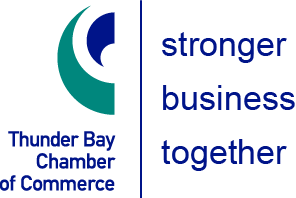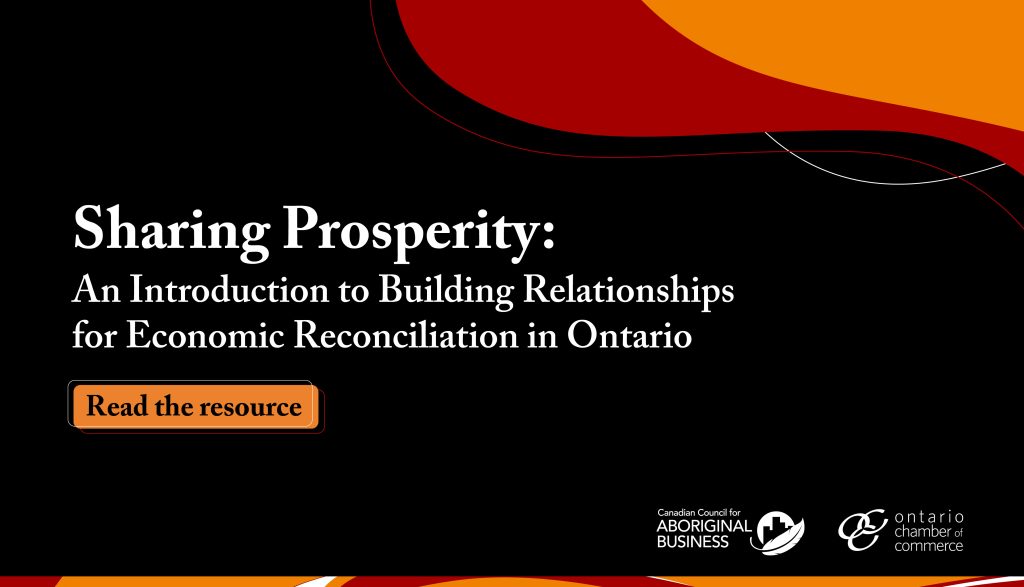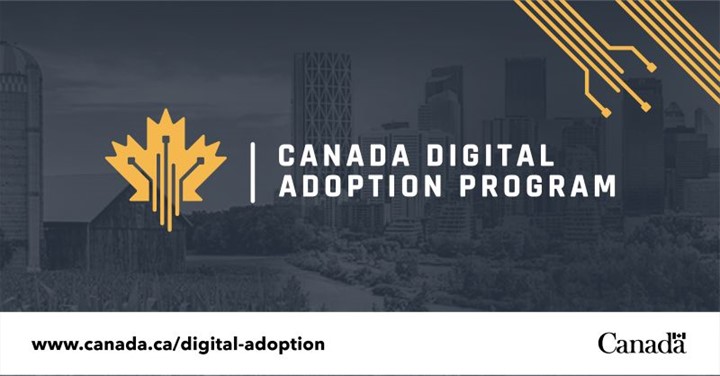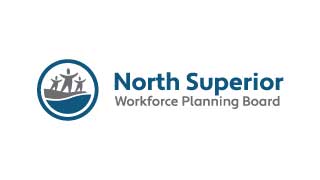SUMMARY
- Telling personal stories is an effective way to engage customers and humanize your brand.
- Make sure the story relates to your company’s values or mission.
- Use HubSpot’s guide to business storytelling as a resource when crafting stories.
- Personal stories do not have to be about you—they can be about your customers too.
- When done well, telling personal stories can help you become known for what makes your business special and attract ideal clients.
~ 665 words / 3.5 minute read
Telling a story is one of the oldest ways humans have of connecting with each other. When it comes to your business, how you share personal stories in public spaces such as social media matters. Recounting life lessons or turning points can inspire and uplift your audience. However, sharing your deepest or darkest experiences with an audience that encompasses long-time friends, employees, clients, and industry partners can negatively affect your business. So, how do you know which stories inspire trust and build your brand and which to avoid? Read on to learn more about how to ensure your personal brand aligns with your business.
Your Mission is Personal
A personal story is different from a ‘confessional’ story. And this distinction can help you separate what goes too far from what supports your business goals. For example, an inspiring story about overcoming an injury to win your college track competition is great, but if the focus is on your college awards or the fascinating details of your surgery it may come across as self-absorbed or out of touch. On the other hand, when you connect overcoming obstacles to your company’s values or even your reason-for-being, it works toward creating a positive image of your business and shines a spotlight on your company’s mission.
Social media is a busy place and most consumers are there for deals and entertainment. Ensuring your content connects sends a clear message to your customers: you can trust me with your time.
Hubspot’s guide to business storytelling is a great resource for telling more engaging stories. They advise keeping the following points in mind to keep your stories—even personal ones—on target.
- Captivating stories keep the reader engaged and invested.
- Plausible tales create a believable version of reality for the reader.
- Educational pieces encourage curiosity and further knowledge.
- Relatable content connects readers with familiar people and places.
- Memorable stories use humor, inspiration, even shock.
Use Stories to Reveal Lessons
The best leaders share personal stories that inspire and reveal lessons about how they overcame obstacles and achieved success. Richard Branson does this well in his recent Master Class, where he describes his battle with dyslexia which effectively blocked his formal education. He turned this personal setback into a positive learning experience by sharing how his ability to collaborate, delegate, and see the world in a unique way helped build his business empire. The implied lesson to his audience is that your perceived weakness can become a strength, when you adapt a new mindset. Branson’s course is called “Disruptive Entrepreneurship,” which makes his personal story perfectly aligned. This connection is important because now his dyslexia is more than a confession but a source of inspiration.
Get Personal with Customer Stories
Not every story needs to be about yourself or even your team. Your customer’s lives are a great source of inspiration. Get strategic when you share stories that correspond to your customer avatars. Sometimes customers will voluntarily share their story with you, but expect to devote intentional time following up with customers. Use these tips, provided by Forbes’ contributor Stephanie Burns, to collect compelling testimonials and tell better success stories.
- Make sure to ask the right questions. Instead of ‘Would you recommend me to a friend or family,’ try asking ‘How is your life better now that we’ve worked together?’
- When a client sends an email telling you about their success or posts a rave review online, follow up. Set up a time to ask more questions and gather details for your story.
- Don’t wait until the end of the process. Let your audience experience what it’s like to work with you by chronicling the customer journey in real time.
The Takeaway
Telling personal stories can be a great way to humanize your brand and connect with your customers. When you ensure your stories support your business’s goals and connect with your audience, you’ll become known for what makes your business special and attract your ideal clients.

















